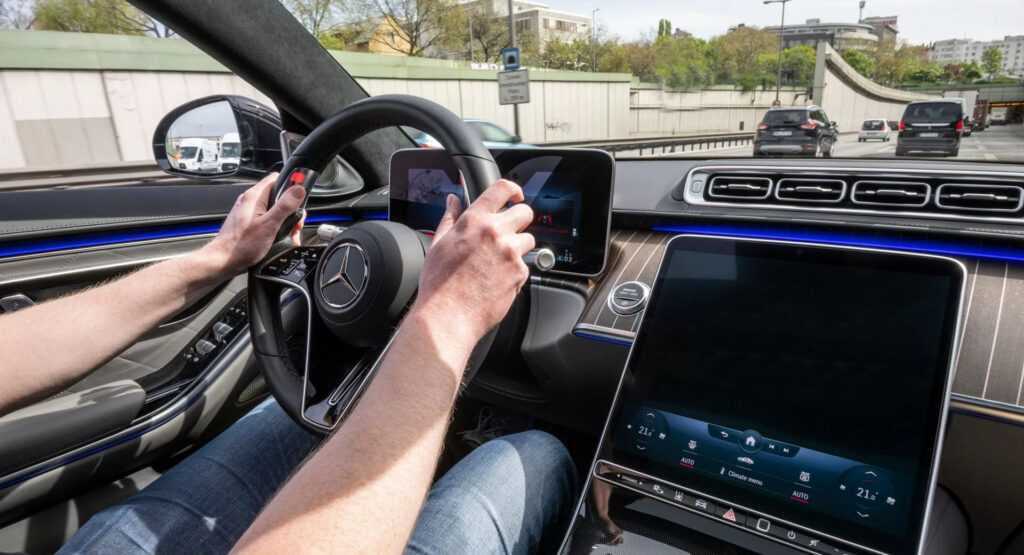Inflated gas prices are hitting our wallets hard. The average price of a gallon of gas in the U.S. is now around $5, versus $3 during 2021. And with the average household burning 90 gallons per month, that means those U.S. households are paying an additional $180 each month to fuel their cars and trucks, and potentially a lot more.
Some people might be persuaded to change their car for something more efficient, though that almost inevitably will come with a financial penalty that could take months, or even years to recoup. But what if there was a way to make your existing vehicle more economical?
There is, and it’s nothing to do with modifying it with the drivetrain from a totaled Tesla. It has everything to do with you, the person behind the wheel. Unless you’re already a world recognized mileage champ or hypermiler, you can almost certainly decrease the amount of fuel you consume by modifying the way you drive.
Avoiding harsh acceleration and braking, not running the air conditioning unless you really need it, conserving momentum, and ensuring your tires are all running the correct pressure can all make big differences to your fuel economy. In a recent Autocar feature, one hypermiling expert even suggested put your seatbelt on before starting the car so that not a drop of fuel is wasted.
Related: Goldman Sachs Says That Fuel Prices At The Pump Are Going To Get A Lot Worse
It all sounds pretty tedious, like a guide to sucking all the pleasure out of driving, but it can actually be quite fun if you have the patience to challenge yourself over the course of a tank of gas to see just how much you can improve your average mpg. And one of the major ways you can improve your mpg is by reducing your overall speed.
In 2017 the Office of Energy Efficiency & Renewable Energy published a study on the affects of speed on fuel consumption based on an analysis of 74 light vehicles. The test cars include everything from two-seaters to trucks, plus sedans, SUVs and minivans with four-, six-, and eight-cylinder engines and two- and all-wheel drive configurations. On average the vehicles’ efficiency worsened by 12.4 percent when speed was increased from 50 mph (80 km/h) to 60 mph (96 km/h), and by 15.4 percent when speed increased from 70 mph (113 m/h) to 80 mph (129 km/h).
So by that reckoning, your 25 mpg car has the potential to return 30 mpg if you just lay off the right pedal. Which could make a real difference to your monthly gas bill (and save you from trading in a fun car for a boring one). But is it enough to persuade you to change your habits? Are you already driving more slowly due to the current cost of gas? Leave a comment and let us know.




